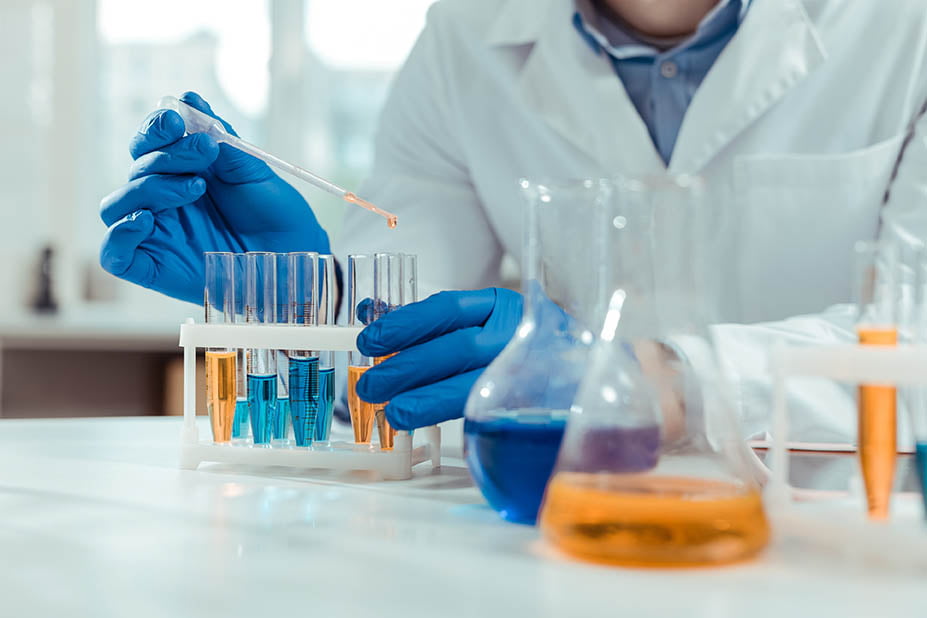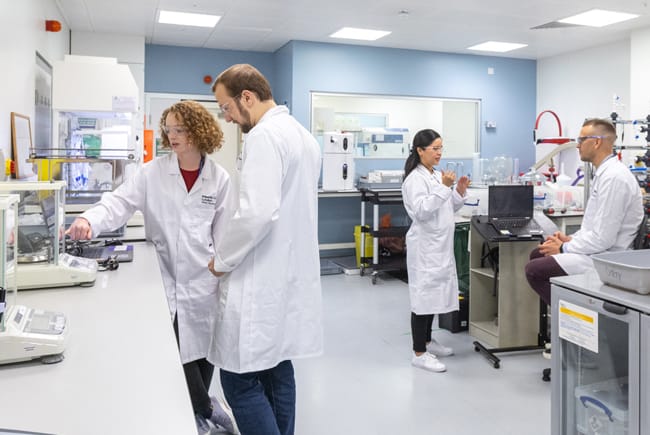
Laboratories are fluid environments where creativity and discovery can flourish, but they are also environments in which emergencies and accidents can erupt suddenly. From fires and chemical spills to equipment failure and even natural disasters, a laboratory must be capable of responding quickly and decisively. And so having solid, effective emergency procedures is not just prudent, it’s essential.
Let us continue on the following reasons why smooth procedures are unavoidable, what kinds of crises labs can face, and the step-by-step process of creating, validating, and refining an effective emergency response program.
Why lab emergency procedures are non-negotiable
Hazards can take place in a laboratory more so than in other workplaces. Labs have dangerous chemicals, biological agents, and sensitive data. A single moment of carelessness can escalate to a catastrophe, jeopardising not just people’s health but also the integrity of years of research. That is why every lab needs to have a lab safety protocol that is not a static document; it has to be an integral part of how the lab operates every day.
Disasters and emergencies also do not usually happen exactly as planned. A power outage could cascade into sample loss, security incidents, or ruined experiments. A fire could destroy equipment, yes, but also decades of accumulated data. There is good planning that guarantees that when the unthinkable does occur, individuals know precisely what to do.
Understanding the types of lab disasters and emergencies
Laboratories face a wide range of potential emergencies, some of which are unique to their area of scientific study and others of more general occupational risk. These may include a chemical spill in which small incidents are manageable but larger incidents need specialist help, or biological hazards. These are dealt with by reference to biosafety levels of BSL1 to BSL4, with modified levels such as BSL2+ or BSL3+ being used for specific agents.
Fires are a constant risk with flammable materials or electrical equipment present, and flooding and storms can particularly affect ground-floor buildings. Even short power cuts can jeopardise critical storage and research. Added to these are security intrusions, e.g., theft or damage, and lack of staffing during pandemics, which can halve staff for months at a time. Both scenarios demand a culture of preparation and procedure balance.Understanding the types of lab disasters and emergencies.

A laboratory emergency response plan should outline what kinds of emergencies are most likely to occur, delineate what leadership should look like in a crisis, and outline how internal and external communications will proceed. It should also direct procedures for evacuation, in-place shelter, or protection of hazardous materials. Just as important, it must be incorporated into employee training so that simulations and drills condition people to respond with assurance. The plan is a guideline, not a script; real emergencies require adaptability.
For many laboratories, a strong plan goes hand in hand with reliable recovery support. That’s where Restore Harrow Green shines brightest. From biobanking services that keep valuable samples safe, to disaster recovery solutions that help relocate equipment and restore continuity quickly, our team provides the reassurance that when disaster strikes, vital work can continue with minimal disruption.

No two laboratories are the same; risk assessments are the key to emergency preparedness. This considers what is most likely to happen, what would happen to personnel, studies, and buildings, and what procedures or equipment cannot be lost. By mapping risks based on likelihood and severity, laboratories can allocate resources efficiently. For instance, while flooding is not likely, losing valuable samples could justify spending money on waterproofing storage or protective flooring. Therefore, assessment is used to balance effort and effect.

Alarms need to be triggered rapidly, followed by evacuation in an orderly fashion to designated assembly points where roll call confirms safety. Personnel may not leave until trained staff have safely carried out shutdown procedures on sensitive equipment if time permits. Also of importance are shelter-in-place regulations, which go into effect when there is an off-campus threat such as a chemical spill, inclement weather, or active security breach. Staff members must know the safest rooms, usually those that are not windowed, and how to barricade them. Radios, flashlights, and emergency kits must be available to support staff members if they become trapped inside for several hours.

Equipment and sample protection is more than just a matter of money; it is preserving intellectual property, regulatory compliance, or even public health. Emergency procedures in labs must specify how critical samples should be moved to redundant storage, how hazardous chemicals should be secured or stored behind lock and key, and how documentation is validated to preserve the chain of custody. Continuity of safe handling and correct documentation assures that post-incident recovery will be more effective and compliant.

Generators need to be tested and familiarised so that personnel get some idea of which systems remain accessible. Uninterruptible Power Supplies (UPS) can give sensitive instruments the time to safely shut down or continue operating until the generators take over. Dry ice or liquid nitrogen can recover critical samples in the event of prolonged outages. Security must also be a continuous issue; doors, alarms, and card readers must be tested to ensure that they will continue to protect assets at night.

Lab emergencies stress infrastructure, but also individuals. Panic and anxiety can overwhelm even the best planning. That is why training must be realistic, giving staff the chance to rehearse responses under pressure. Clear leadership allows for quick decision-making, and an assertive, consistent presence reduces uncertainty. The provision of mental health support must be the next step; counselling and debriefs allow staff to identify what has happened and build resilience. Emergency preparedness, therefore, does not merely create procedures but also reinforces confidence and trust between teams.

Every incident, whether large or small, has lessons. Once the crisis is over, labs must record the time, location, and steps taken, and then verify that the steps were successful as intended. Was there prompt communication? Was the evacuation done without interruption? Through the identification of root causes and application of corrective actions, protocols are made more robust. Procedures and training can then be updated so that the next response is improved. This cycle of review and refinement continues, with the lab changing into an ever safer, more resilient space.
How Restore Harrow Green contributes to laboratory resilience
At Restore Harrow Green, we understand that when disaster strikes, laboratories need more than a short-term fix; they need trusted partners who can protect people, equipment, and research outcomes. Our disaster recovery services are designed to keep your work moving, no matter the challenge:
- Lab relocation services – moving sensitive laboratory equipment safely and reinstalling it with minimal downtime.
- Specialist handling of dangerous goods – chemical, biological, or controlled material, dealt with in a manner that is compliant with safety and regulatory standards.
- Secure biobanking services – controlled temperature storage to safeguard valuable samples and research materials from disruption.
- Continuity planning and consultancy – preparing you for the unexpected with solutions to reduce downtime and maintain compliance.
- Temporary and safe long-term storage – protecting valuable instruments, samples, and records until your facilities are back in use.
- Working with external responders – liaising with emergency services and regulators to ensure a safe recovery.
With our experience, laboratories can have the assurance that even in the most disruptive circumstances, essential research and activities can be restarted as quickly as possible.

Disaster recovery that works
It is never easy to handle a lab disaster, but being unprepared makes it much harder. By investing in sound planning, continuous threat assessment, and practical procedures, laboratories protect not only their personnel and facilities but also their scientific mission. Disasters may be inevitable, but your response doesn’t have to be.
If you’d like guidance on strengthening your laboratory emergency procedures, we’re here to help. Contact us today to discuss your needs or request a tailored quote for our laboratory support services.
 Customer Login
Customer Login